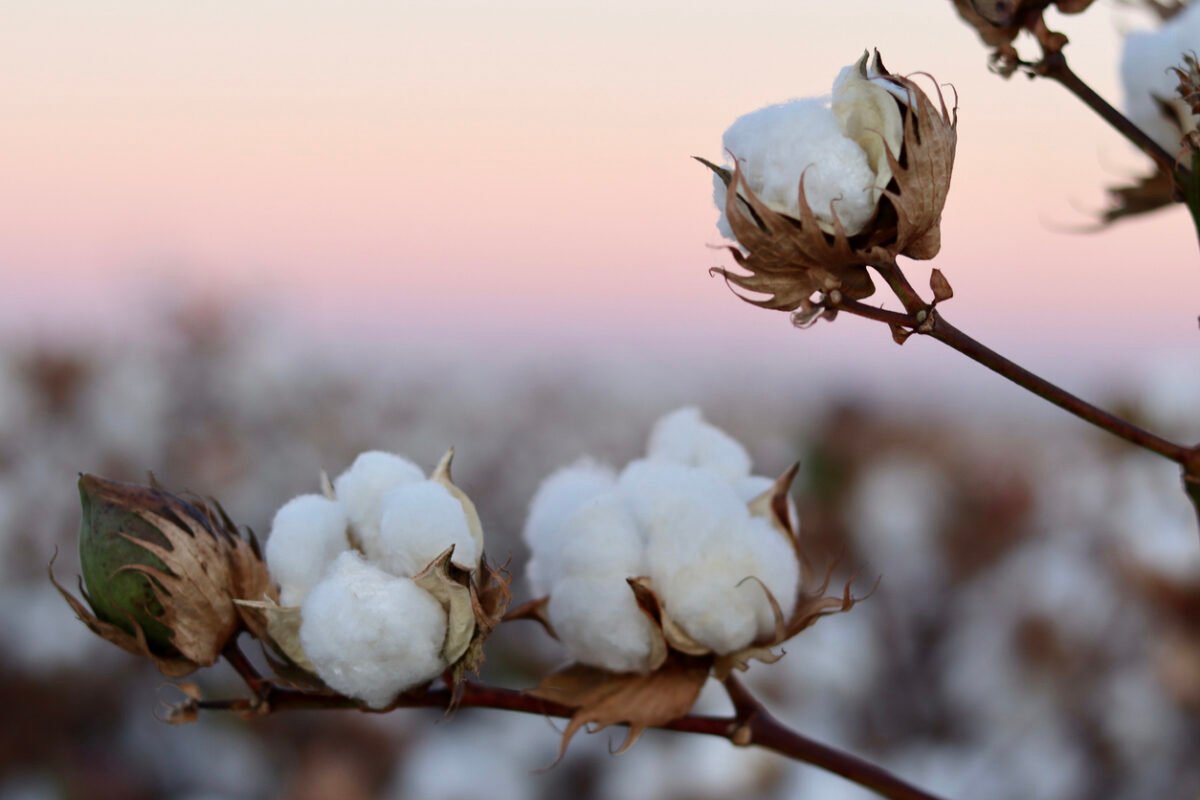India needs better focus on R&D and higher acreage to meet cotton demand: FSII
To enhance cotton production, a pilot project was initiated in 2023-2024, introducing technologies like HDPS, Closer Spacing planting, and Production technology for ELS cotton.
India needs to focus on R&D and improved cultivation methods to meet the rising cotton demand in the textile industry at a time when the fiber crop is serving as a cornerstone in supporting the livelihoods of approximately 6 million farmers and an additional 40-50 million individuals involved in related activities, said Raghavan Sampathkumar, Executive Director, Federation of Seed Industry of India (FSII).
He pointed to what Chandrakant Patil, Minister of Textiles, Government of Maharashtra, wrote in an article recently highlighting that the country stands at the cusp of becoming a global textile powerhouse, with numerous states like Maharashtra, Telangana, and Tamil Nadu spearheading policy initiatives to establish textile parks. The aim is to propel the industry towards a projected $250-billion in textile production by 2030.
Sampathkumar said the textile industry is undergoing a significant transformation with initiatives like the PLI Scheme for Textiles, Kasturi Cotton Bharat program, National Technical Textiles Mission (NTTM), SAMARTH, and PM MITRA, development of 11 exclusive textile parks, strengthening the textile value chain through technological upgradation and so on. With over 45 million skilled workers, the textile sector is significant for employment and economic growth in India.
To boost India’s textile sector’s global competitiveness, promoting cotton cultivation is paramount as approximately 74 per cent of the apparel exported from India is made of cotton. Yet, with cotton being the primary source, there are key challenges and concerns that both the government and industry need to acknowledge and address, Sampathkumar said.
Firstly, the cotton industry requires revitalization through increased production and strengthening of the value chain. With the introduction of Bt Cotton, India saw a significant surge in cotton production from 10 to nearly 40 million bales annually between early 2000s and FY2014, transforming into a leading producer. Cotton production in India increased steadily and rather steeply from 2004-05 onwards primarily due to a sharp rise in yield. However, continuously evolving challenges of pests and diseases, weeds, salinity and soil degradation, and climate aberrations are causing stagnation post-FY2015, with production at 36.2 million bales in FY2022. Hence, the cotton industry in India is currently at crossroads and there is an imminent need to find innovative solutions through scientific research.
Research on pests particularly pink bollworm, several diseases, herbicide-tolerance enable more efficient control against these challenges, reducing manual labor and potentially increasing yields. All these present enormous opportunities for sustainable growth. However, to achieve the above, there should be an imperative on promoting new concepts like High Density Planting System, to increase yields and improve profitability. It’s crucial for both government and private sectors to collaborate in adopting and promoting innovative technologies to boost yield and farmers’ income, Sampathkumar added.
To enhance cotton production, a pilot project was initiated in 2023-2024, introducing technologies like High Density Planting System (HDPS), Closer Spacing planting, and Production technology for ELS cotton. HDPS has shown promising results, with Maharashtra farmers reporting a threefold yield increase. It involves denser sowing, boosting light interception, boll production, and yield while optimizing nutrient and water use and suppressing weed growth. Popularizing such practices will increase overall cotton production, realizing the state’s aspiration to drive the Indian textile industry’s growth story.
Biotechnological interventions are even more crucial amidst such pressing issues and can help improve cotton yield and production. Despite significant efforts by both the central and state governments and the advancements made possible by Bt-cotton, India’s seed sector in general but cotton in particular, grapples with numerous challenges. For example, public perception issues on genetically modified crops fueled by unfounded fear mongering are resulting in significant and prolonged delays, procedural complexities, and in ambiguity hindering investments in research and development. Without research, it must be noted that no solutions can ever be found, pointed Sampathkumar.
To surmount these challenges and move towards regaining India’s glory as a major global cotton producer, a cohesive effort is needed involving policymakers, scientists, farmers, and the industry players to come together to formulate robust unbiased policies, raise public awareness on science-based technologies, and promote sustainable agricultural cultivation methods. India should strengthen its research capabilities, with streamlined policies & regulations. Collaboration among stakeholders is crucial and by leveraging new technologies including biotechnology, and new systems like HDPS, India can enhance its cotton productivity and meet the growing demand for cotton for the textile industry.
To enhance cotton production, a pilot project

